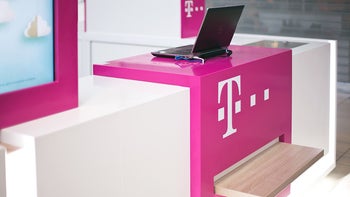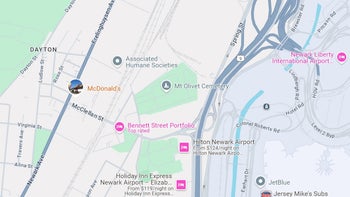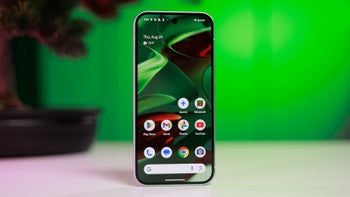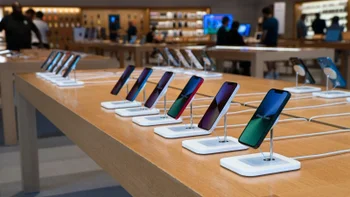Did you know that Germany had video telephone service... in 1936?

Video calls – a service that we take for granted today – have been imagined ever since the telephone took off. Visionaries from the late 1800s were confident that in the future, people would be able to both hear and see the person on the other side of the line. Technology, however, still had quite some advancing to do before video telephony could become something more than just a concept. Many years of research were needed until eventually, science fiction became science fact.
The first 2-way videophone service was launched on March 1, 1936 – 78 years ago. It was provided in Germany by the national post office and connected Berlin with Leipzig. Some 100 miles (160 kilometers) of broadband coaxial cable were used to deliver video calls between the two cities. Later on, the service was opened to the public, and additional lines connecting other major cities were added.
Technically, Germany's videophone system was quite impressive of an invention for its time. Video was delivered at 25 frames per second on a cathode ray tube display. Its resolution of 172 rows, which made for a pixel count of about 40,000, is said to have been enough for one to discern the hands on a wristwatch.
The service wasn't cheap, however. A three-minute call was priced at approximately one-fifteenth of the average weekly wage. It wasn't very convenient either. There were a couple of booths installed in each city. To use the videophone service, one had to make an appointment with the post office first. Also, the person they wanted to speak with had to be notified in advance.
Unfortunately, Germany's videophone service didn't last long. Plans for extending the network were abandoned with the start of the Second World War. By 1940, the system was shut down.
references: VSee, Videophone (Wikipedia)











Things that are NOT allowed: